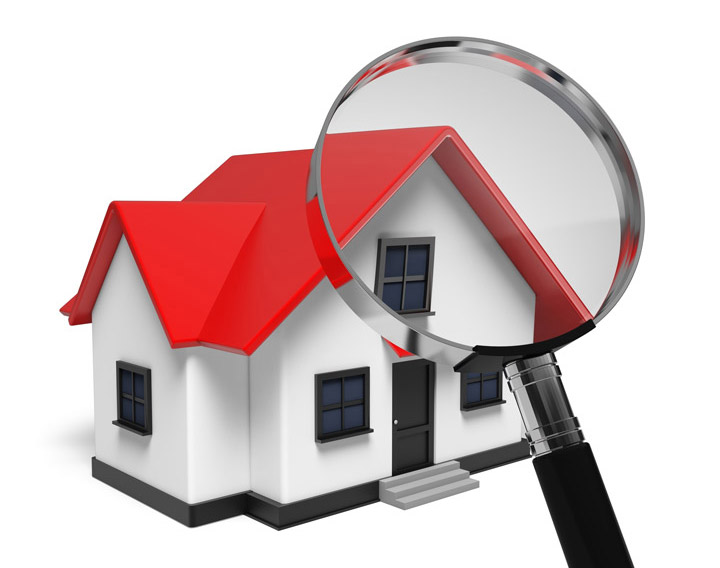
What Are the Parts of an Appraisal?Buying real estate is the most serious financial decision some of us could ever consider. It doesn't matter if a primary residence, a seasonal vacation home or an investment, purchasing real property is a complex transaction that requires multiple people working in concert to make it all happen. Most people are familiar with the parties taking part in the transaction. The most known face in the exchange is the real estate agent. Next, the bank provides the money needed to bankroll the exchange. And the title company ensures that all details of the sale are completed and that the title is clear to pass to the buyer from the seller. So, what party is responsible for making sure the value of the property is consistent with the amount being paid? This is where the appraiser comes in. We provide an unbiased opinion of what a buyer might expect to pay — or a seller receive — for a parcel of real estate, where both buyer and seller are informed parties. A licensed, certified, professional appraiser from Big Sandy Realty will ensure, you as an interested party, are informed. Inspecting the subject propertyOur first task at Big Sandy Realty is to inspect the property to determine its true status. We must see aspects of the property hands on, such as the number of bedrooms and bathrooms, the location, and so on, to ensure they truly are present and are in the condition a typical buyer would expect them to be. The inspection often includes a sketch of the property, ensuring the square footage is accurate and conveying the layout of the property. Most importantly, the appraiser identifies any obvious features - or defects - that would have an impact on the value of the house. Back at the office, an appraiser uses two or three approaches to determining the value of real property: sales comparison and, in the case of a rental property, an income approach. 
Cost ApproachThis is where the appraiser analyzes information on local construction costs, labor rates and other elements to figure out how much it would cost to replace the property being appraised. This figure commonly sets the upper limit on what a property would sell for. The cost approach is also the least used method. 
Paired Sales AnalysisAppraisers can tell you a lot about the subdivisions in which they work. They innately understand the value of certain features to the homeowners of that area. Then, the appraiser looks up recent sales in the neighborhood and finds properties which are 'comparable' to the property being appraised. Using knowledge of the value of certain items such as square footage, additional bathrooms, hardwood floors, fireplaces or view lots (just to name a few), we adjust the comparable properties so that they are more accurately in line with the features of subject property.
After all differences have been accounted for, the appraiser reconciles the adjusted sales prices of all the comps and then derives an opinion of what the subject could sell for. At Big Sandy Realty, we are an authority when it comes to knowing the value of real estate features in Paintsville and Johnson County neighborhoods. The sales comparison approach to value is typically given the most consideration when an appraisal is for a home sale. Valuation Using the Income ApproachIn the case of income producing properties - rental houses for example - we may use an additional approach to value. In this case, the amount of income the real estate generates is taken into consideration along with income produced by similar properties to determine the current value. The Bottom LineAnalyzing the data from all approaches, the appraiser is then ready to state an estimated market value for the property in question. Note: While the appraised value is probably the most reliable indication of what a property is worth, it probably will not be the final sales price. Depending on the individual situations of the buyer or seller, their level of urgency or a buyer's desire for that exact property, the closing price of a home can always be driven up or down.But the appraised value is typically employed as a guideline for lenders who don't want to loan a buyer more money than they could get back in the event they had to sell the property again. Here's what it all boils down to, an appraiser from Big Sandy Realty will help you discover the most fair and balanced property value, so you can make profitable real estate decisions. |